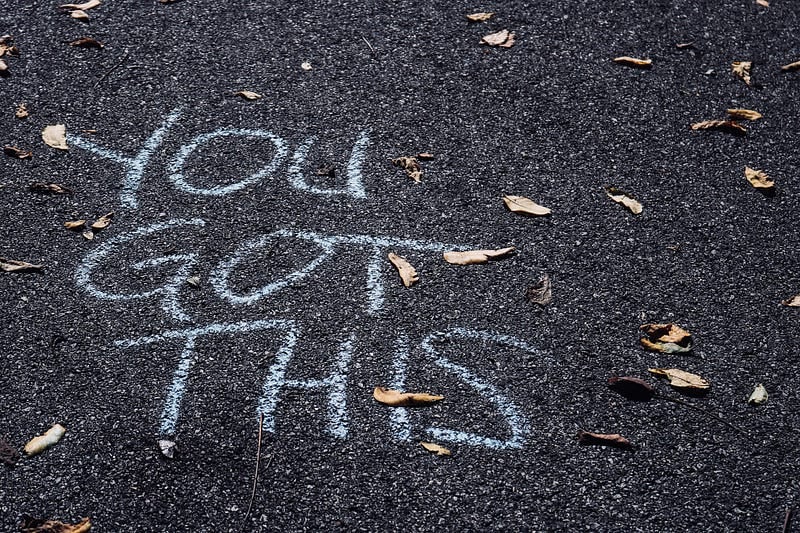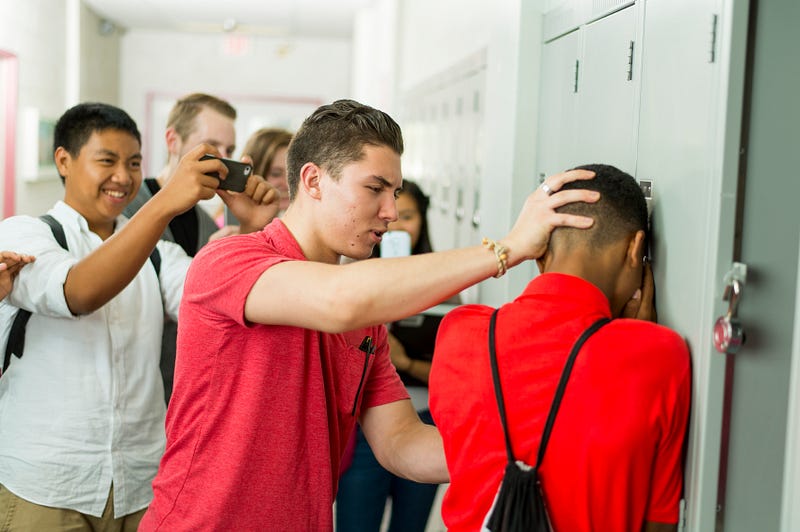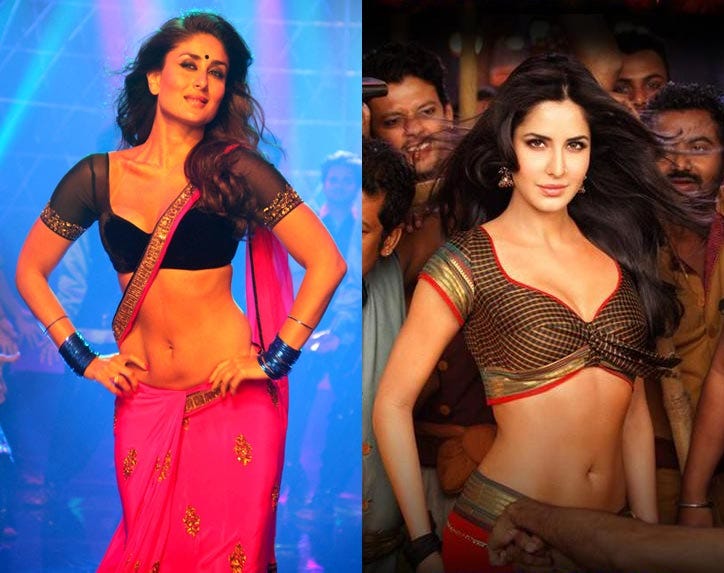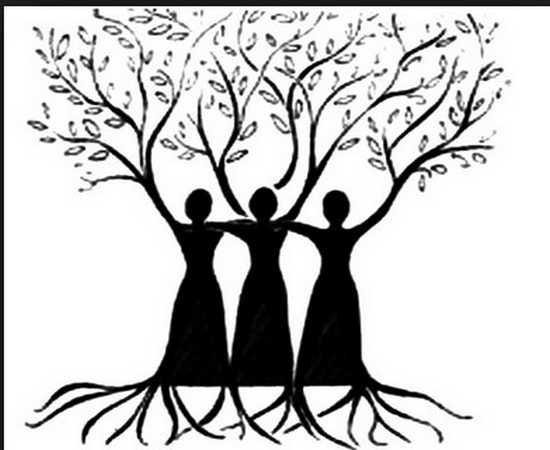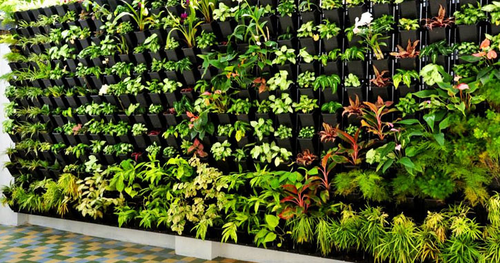
Mental Health And Sports
May 31, 2018Throwing light on the challenges and anxieties sports persons go through. The mental health awareness month in May 2018 saw…
Pre and Post Menstrual Syndrome
May 31, 2018All you need to know about it There’s a subject that has been taboo for a long period of time, and…
Ed-Innovate I Dismantling the Bullying Culture
May 31, 2018Educational Innovations Series #1 (This article is the first in an Educational Innovation series by Pukhraj Ranjan, which explores global…
Monitoring and Evaluation in Sustainability
May 30, 2018Where do we stand in terms of sustainable goals in India? India has played an important role in shaping the…
Rape and its Problematic Portrayal in Indian Cinema
May 30, 2018“No.” The above word is a sentence in itself. It signifies the unwillingness of a person to be engaged in…
Women’s Economic Empowerment: Financial Independence and Happiness
May 30, 2018Here’s to stronger, ambitious, content and empowered women. The Oxford dictionary defines empowerment as “the process of becoming stronger and more…
Sustainable Menstruation – The Impact of Menstrual Products on the Environment
May 30, 2018Isn’t it time to make the eco-friendly switch? Environmental impact caused by sanitary waste is one of the significant topics…
Sustainable Development Laws in India
May 30, 2018When it comes to the environment - what’s happening in the legal system? The problem of environmental pollution can be…
Living Walls — A Solution to Reclaim Our Spaces
May 30, 2018Working towards greener and cleaner tomorrows. One can walk under a cacophony of trees in certain areas of Mumbai,…Let’s Talk About Menstruation with Ease
May 30, 2018The significance of dialogue and discussion around ‘the red week of our month’. Why do we hesitate to say…
Donate Now
Get Involved
